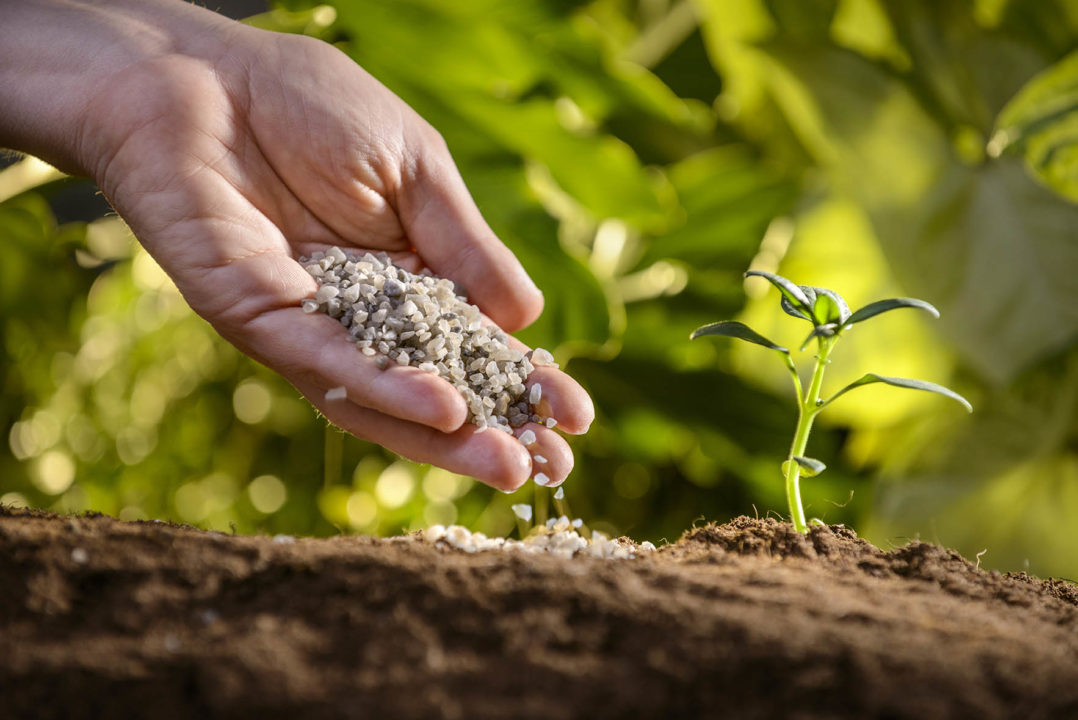Expert: Be Cautious With Late-Season Soybean Herbicides
While a hoe may not be the preferred tool for late-season weed control, University of Illinois Extension weed specialist Aaron Hager cautions producers about spraying herbicides.
“Herbicides applied at this time of year typically target large weeds, with results often less than desired with respect to the level of weed control achieved and increased potential for other problems,” Hager said.
One of the most common scenarios is the application of diphenylether herbicides such as Flexstar, Cobra and Ultra Blazer for waterhemp plants not controlled by a previous herbicide application. In non-GMO and glyphosate-resistant soybean varieties, Hager said these herbicide active ingredients can provide good to excellent control of small waterhemp, but control is often poor when waterhemp plants exceed 5 to 6 inches.
“These herbicides do not translocate following absorption into the plant and the contact leaf burn they cause can vary according to product, spray additive and environmental conditions,” he said. “Soybean injury following application of these herbicides can be severe and should be avoided at this point of the growing season.”
The only way to control large waterhemp plants at this time is through physical removal, he said. Nearly all herbicide labels have rotational crop intervals that specify the amount of time that must elapse between herbicide application and planting a rotational crop. This becomes particularly important with late-season herbicide applications.
“These intervals are established to reduce the likelihood that herbicide residues will persist in sufficient quantities to adversely affect the rotational crop,” Hager said. “Some herbicide rotational restrictions are based solely on time, while other factors, such as soil pH and the amount of precipitation received after herbicide application, can influence the length of the crop rotational intervals.”
Hager said soil moisture is often the most critical factor governing the efficacy and persistence of soil-residual herbicides. Many herbicides are degraded in soil by the activity of soil microorganisms, and populations of these microorganisms can be greatly depressed when soil moisture is limited.
For more information on late-season herbicide applications, click here.
(Source: Illinois Ag Connection)






